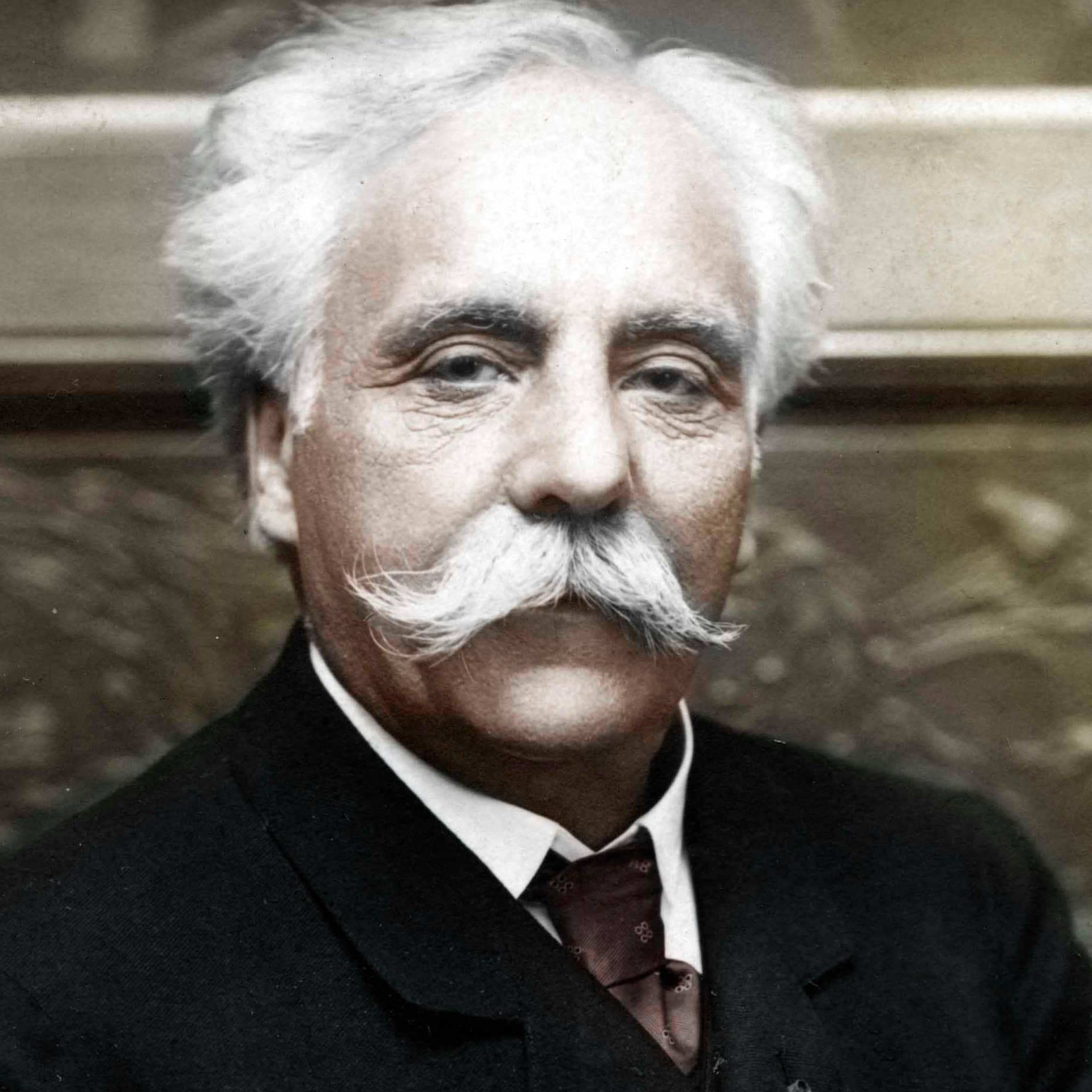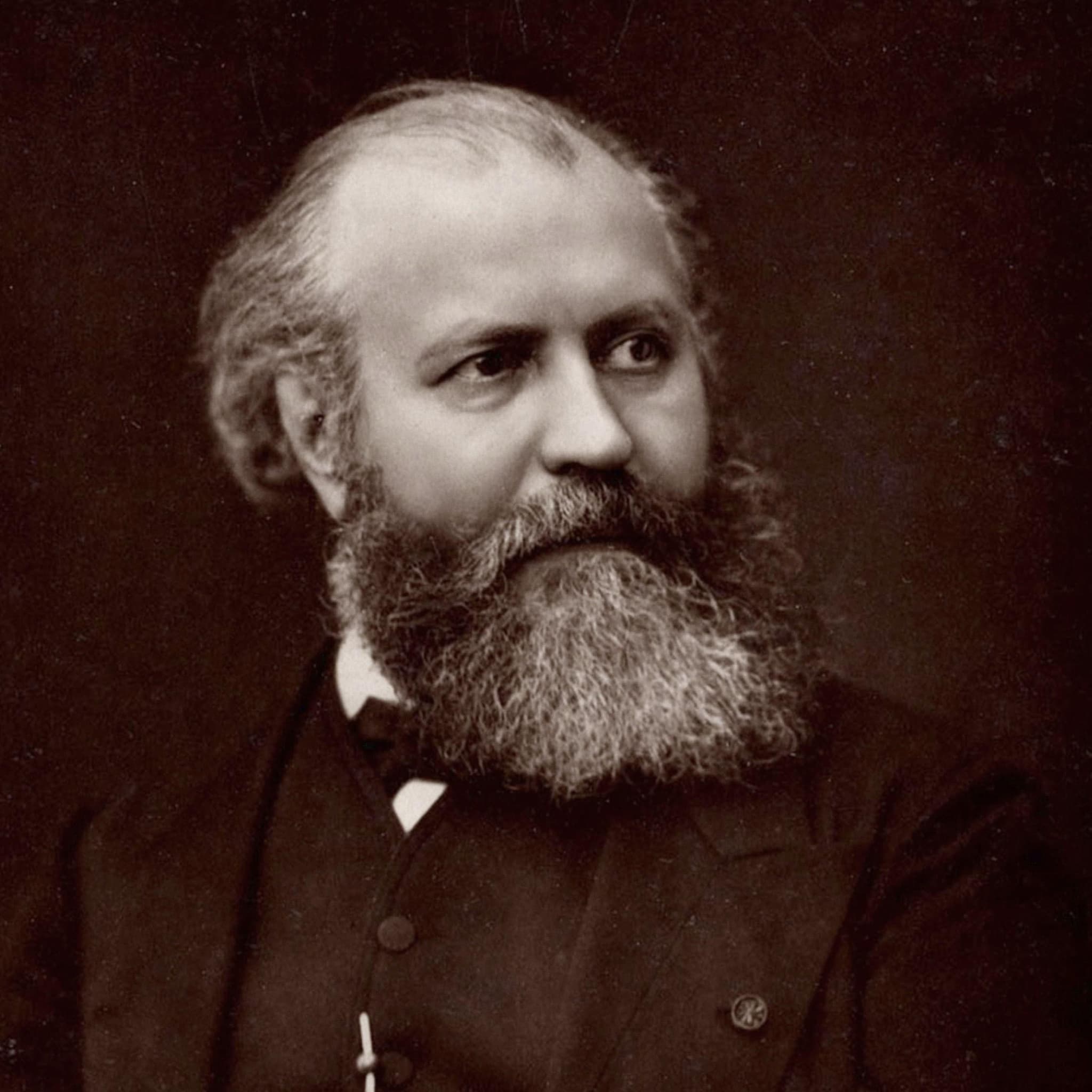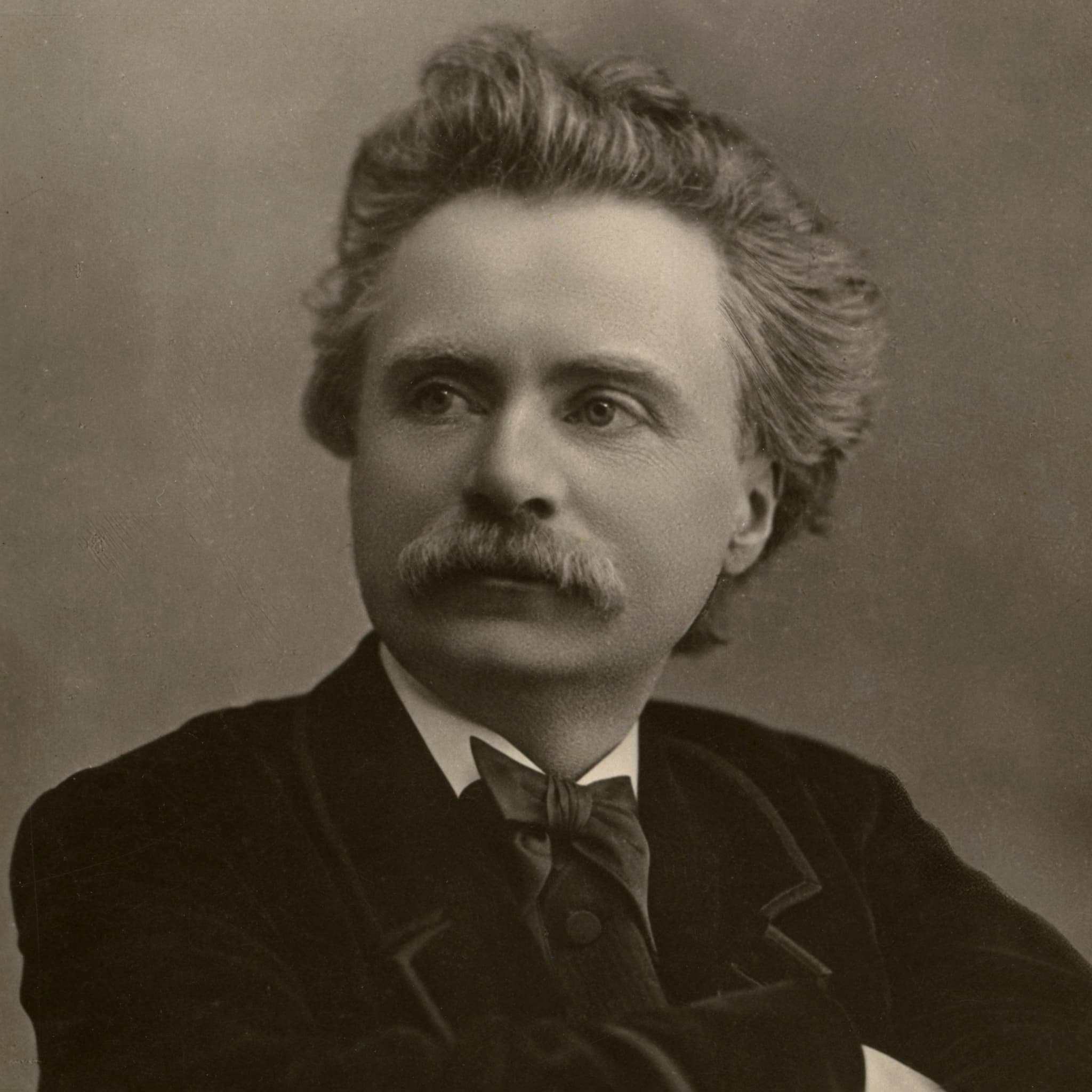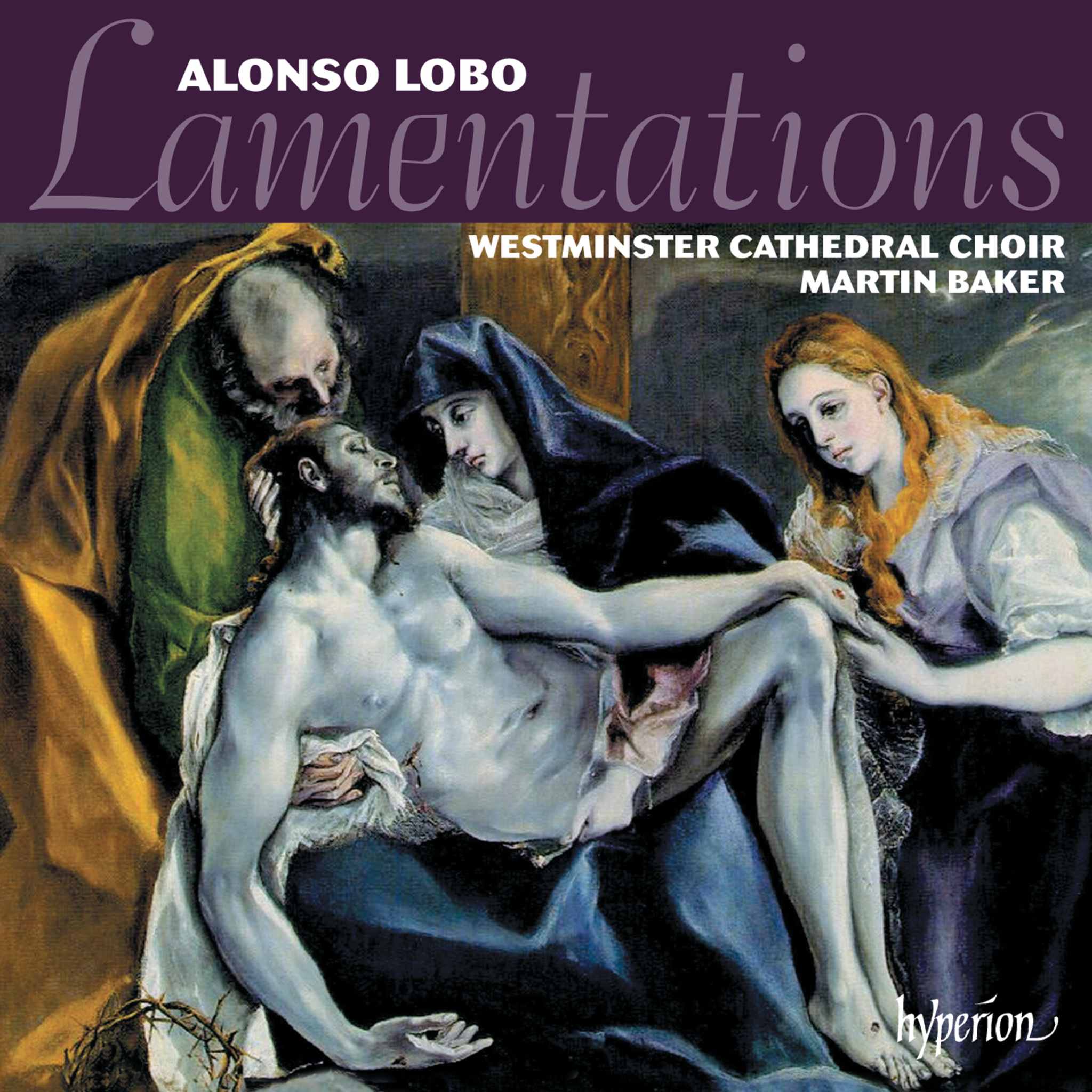Album insights
Zoltán Kodály held a position in Hungary similar to that of Vaughan Williams in England. He was a prominent composer of national importance, known for his innovative use of Hungarian folk music and his role as an educator and cultural ambassador. Collaborating with Erno Dohnányi and Béla Bartók, he collected folk songs in the earliest part of the 20th century to raise awareness of their musical heritage among the Hungarian people. Despite his focus on national characteristics, his music gained popularity worldwide for its universal appeal. Celebrated for his choral works, Kodály's compositions also include remarkable chamber music and orchestral pieces showcasing his mastery.
Liszt and Brahms had a different perspective of Hungarian music, leaning towards urban styles influenced by folklore rather than the authentic rural folk music revered by Bartók and Kodály. Their musical ethnology efforts rediscovered their national heritage, pivotal for Hungary's cultural identity post-Habsburg rule. Kodály composed pieces reflecting Hungarian folk melodies, such as the orchestral poem "Summer Evening." He then veered towards chamber music after embracing the influence of Debussy, creating a series of works exhibiting his artistic maturity and blending classical principles with new harmonic and melodic sources discovered in their folklore expeditions.
Kodály's radical compositions in abstract forms like quartets, sonatas, and duos showcased his innovative spirit and technical prowess. Highly concentrated on specific repertoires, he expanded his musical language, much like his contemporary Bartók. Notably, his works for cello solo stand out as powerful expressions, pushing the limits of the instrument's capabilities. Inspired by Bach, Kodály's arrangements of Bach's piano works for strings underscore his deep connection with composition.
Declared unfit for military service during World War I, Kodály engaged in protecting Budapest's monuments alongside composing and folk music studies. His Cello Sonata, created during wartime, carries a prophetic ambiance, delayed three years due to the war's constraints. Noteworthy for its innovative tuning techniques, the Sonata showcases intense polyphony and unique tonal colors, transforming the cello into a versatile instrument resembling a full orchestra.
The Sonata unfolds with majestic passion in the Allegro maestoso ma appassionato, presenting emotional monologues and vibrant melodies rooted in Hungarian folk music. The middle Adagio and the final Allegro molto vivace exhibit Kodály's virtuosity and thematic richness, drawing inspiration from Hungarian folk tunes in tumultuous, virtuosic passages. Culminating in rebellious bravura, the Sonata stands as a testament to Kodály's genius and musical legacy.
Composed before his renowned Cello Sonata, Kodály's Sonatina for Cello and Piano showcases early influences of Debussy and Hungarian folk melodies. Structured in a truncated sonata form, the Sonatina's lyrical beauty unfolds with expressive piano solos and passionate cello melodies, echoing themes of romanticism and Hungarian folk tunes. The piece exudes a melodic richness reminiscent of the great musical traditions of Brahms, Dohnányi, and Dvorák.
Kodály's compositions reflect his profound connection to Hungarian folk music and his mastery in blending classical principles with innovative harmonies. His works, from the Romance lyrique to the Epigrammák, exemplify his conversational musical style, embodying a blend of seriousness and lyrical joy, resulting in compositions of remarkable elegance and spirited musicianship.
Calum MacDonald © 2010
















